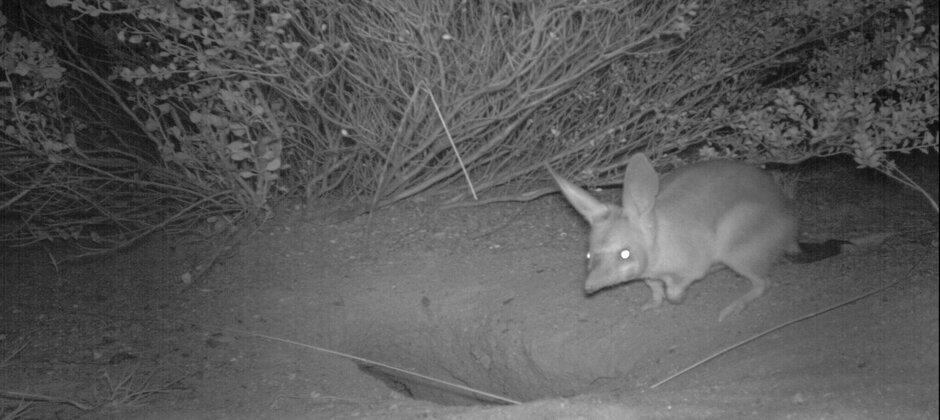Share this article
Wild Cam: Unearthing bilbies’ benefits
Bilbies may look like rabbits, but that’s where the similarity ends. In Australia, where the marsupials are native, the government has spent enormous amounts of money to control invasive rabbits. A social media campaign even wants to ban them from Easter — in favor of the Easter Bilby.
But that barely scratches the surface when it comes to why biblies are so important. In fact, bilbies themselves dig deeper than the surface. Their burrows can go as deep as three meters, creating important resources for other species.
“They’re very important — they’re what we call an ecosystem engineer,” said Martin Dziminski, a research scientist at the Department of Biodiversity, Conservation and Attractions in the state of Western Australia and the lead author of a study published recently in the Journal of Wildlife Management on bilby monitoring. “We found a whole suite of species that use bilby burrows for shelter.”
Enlarge
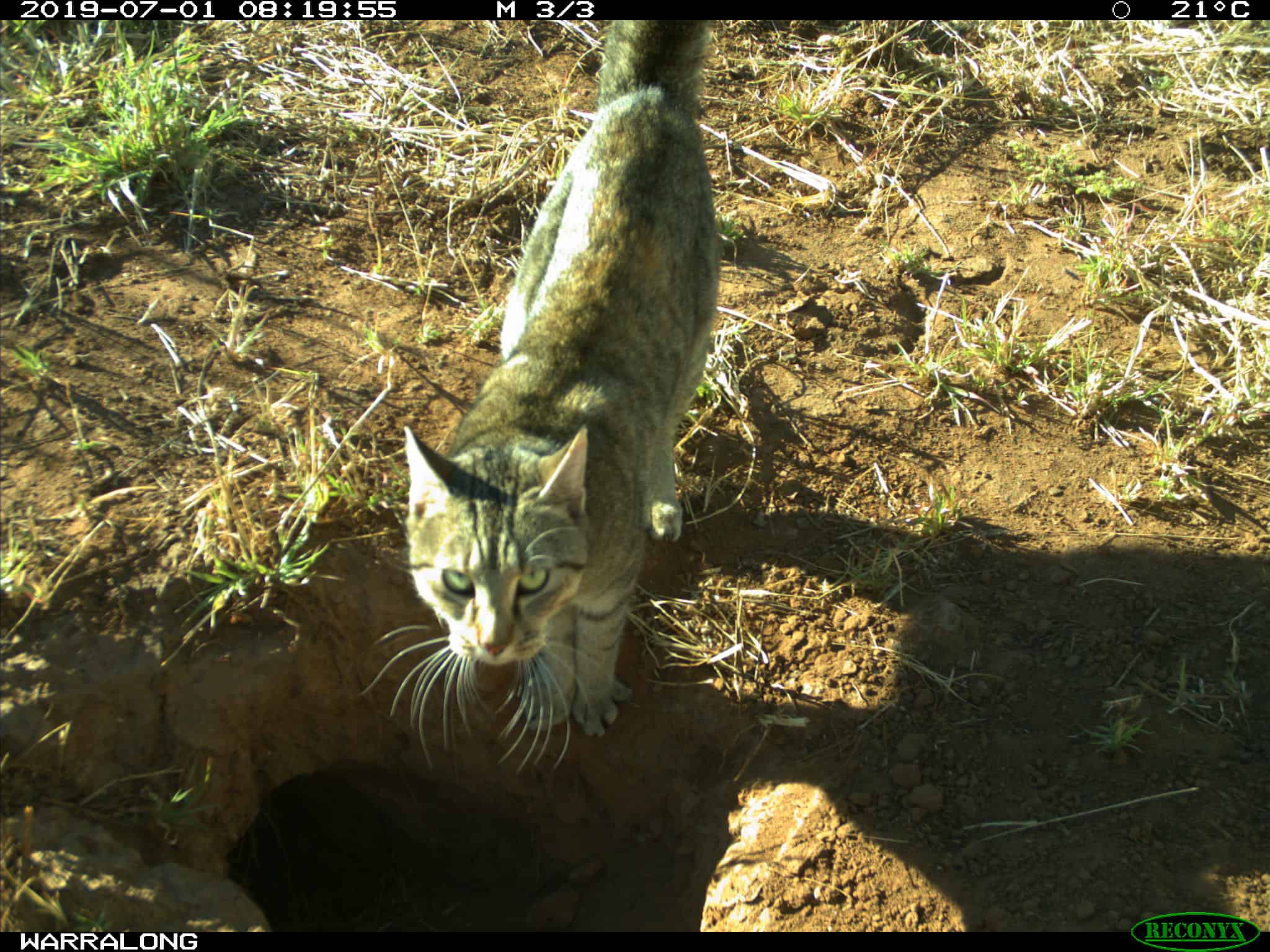
Credit: DBCA Bilby Team
Once common in Australia, greater bilbies (Macrotis lagotis) were squeezed out of much of their former range by a combination of predation by invasive species like feral cats and red foxes (Vulpes vulpes) and habitat degradation by introduced herbivores such as camels and European rabbits (Oryctolagus cuniculus). Massive wildfires have exacerbated the situation, leaving barren landscapes that make it easy for invasive predators to exploit bilby populations.
Enlarge

Credit: DBCA Bilby Team
But intense invasive control programs helped reduce the pressure from some of these predators and herbivores, and managers reinstituted a fire regime that burned small patches at different times. Over time, managers reintroduced greater bilbies from healthy populations to areas where they had been extirpated, including in the Matuwa Kurrara Kurrara Indigenous Protected Area in Western Australia.
Enlarge
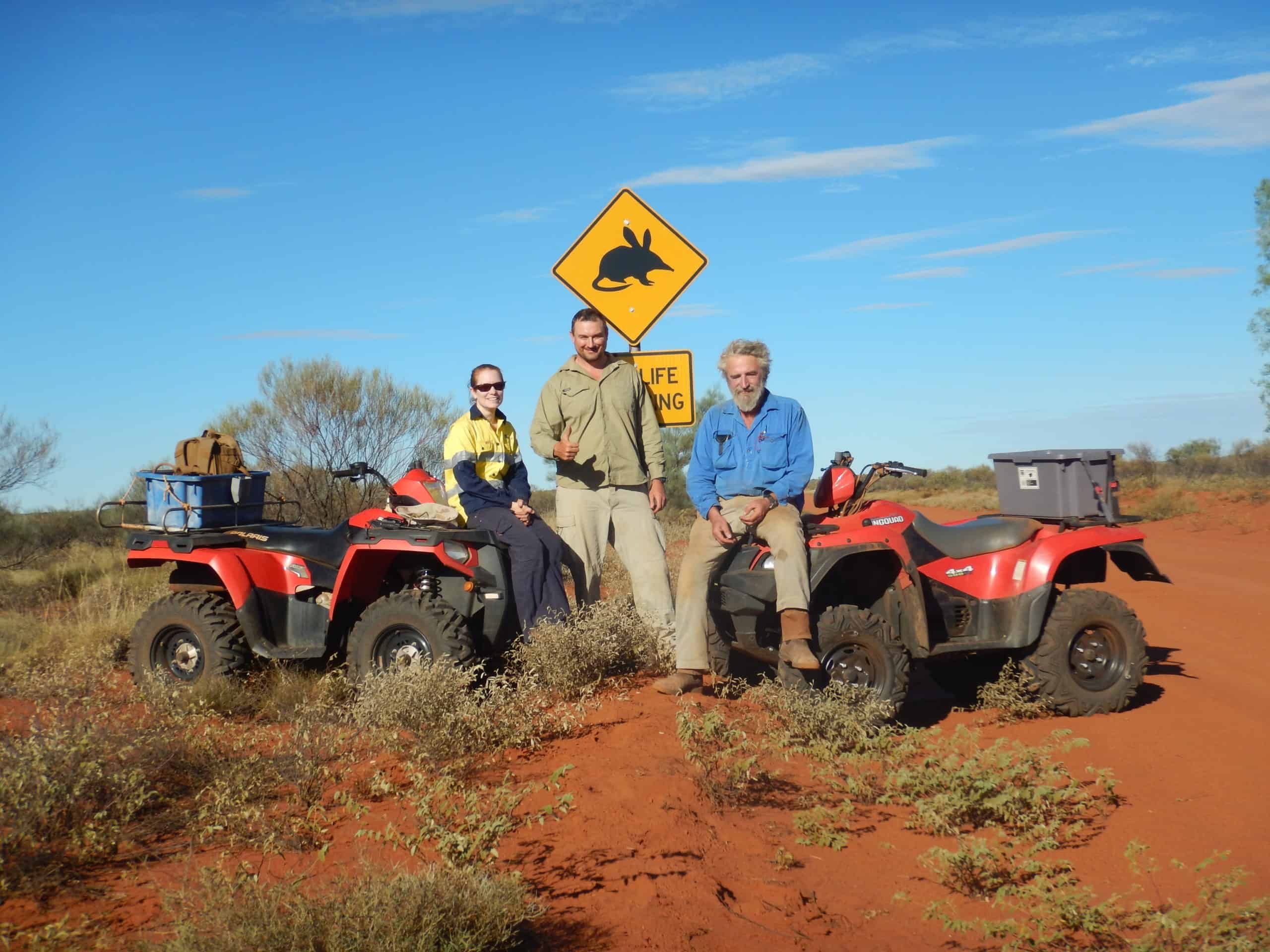
Credit: DBCA Bilby Team
Wildlife managers reintroduced 144 greater bilbies to Matuwa between 2007 and 2009, and Dziminski and his colleagues wondered if these translocation efforts had been successful at reestablishing healthy populations of the marsupials in the area.
Enlarge
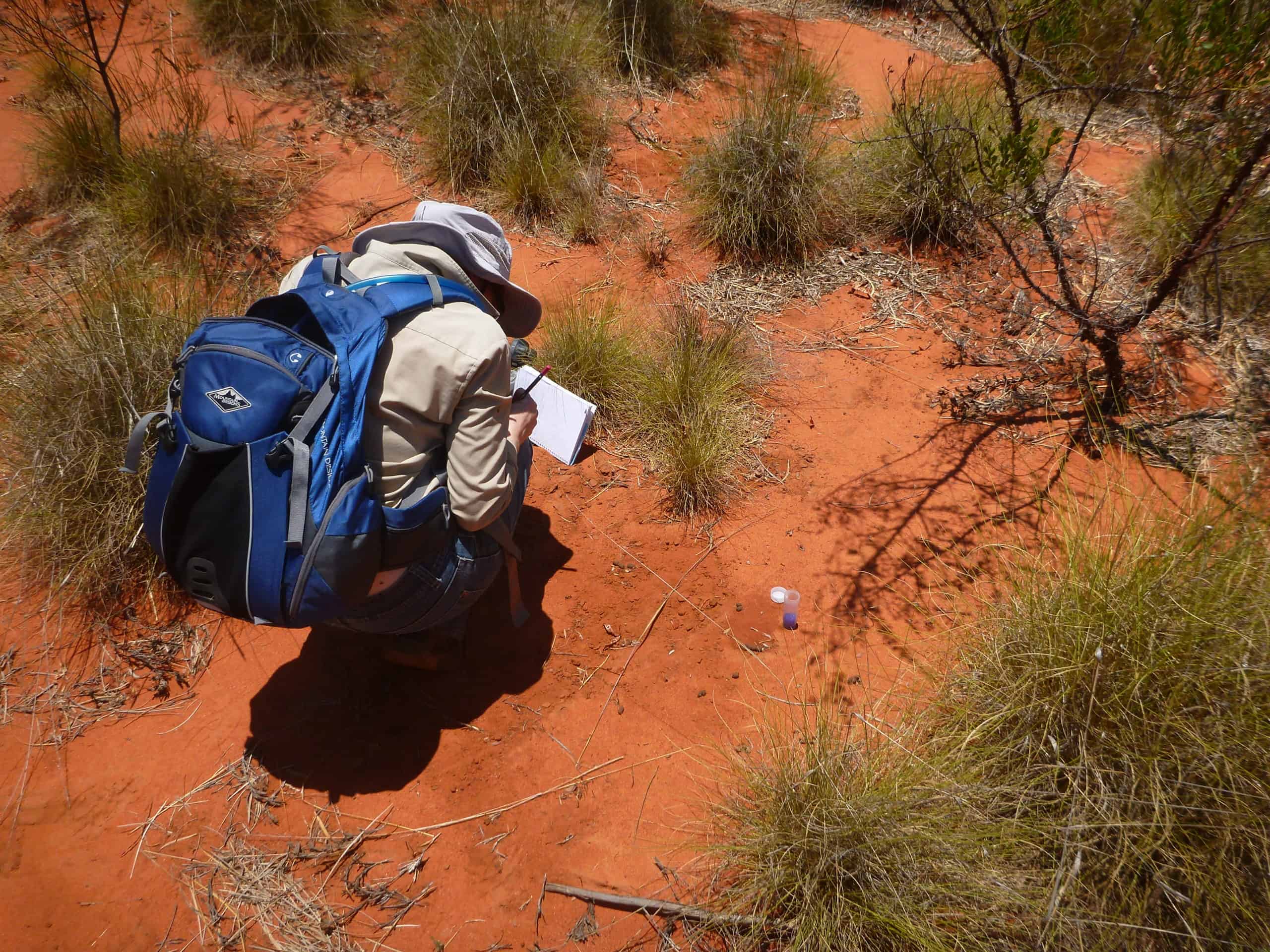
Credit: DBCA Bilby Team
They collected bilby scat and extracted DNA from it. Then, they ran population analyses based on the ability to identify individuals from the DNA samples.
The researchers estimated, conservatively, that the bilby population rose to 971 individuals in 2016 from zero before the reintroduction.
“They can breed really quickly,” Dziminski said, adding that they can breed any time of year when the food resources are abundant.
Enlarge
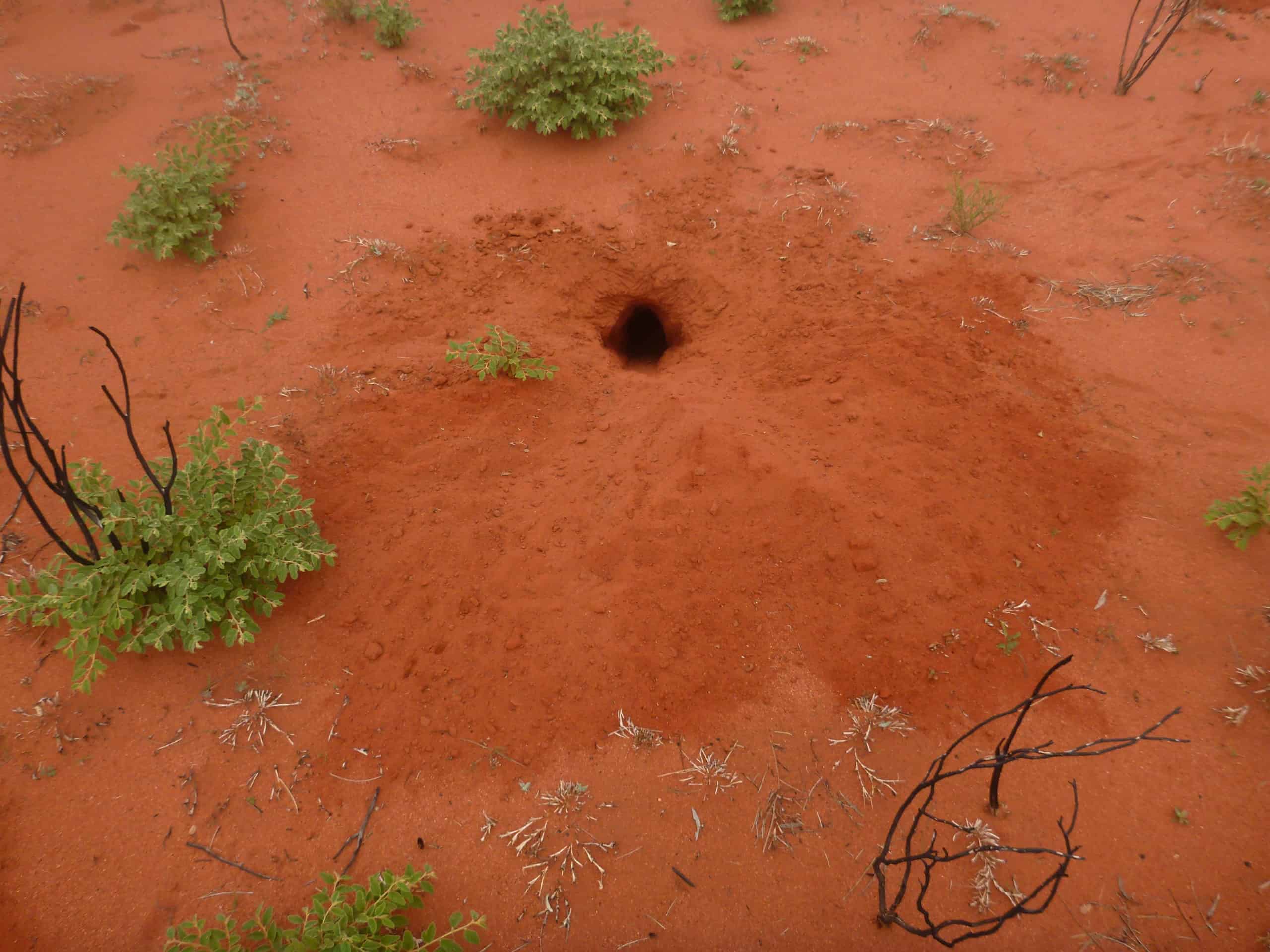
Credit: DBCA Bilby Team
Greater bilbies can dig up to 18 burrows in their home range, which for males makes up about 370 hectares. Their ability to excavate is so good, in fact, that it makes them very hard for researchers to trap, since the species can dig around traps and have multiple exits to their burrows.
Enlarge
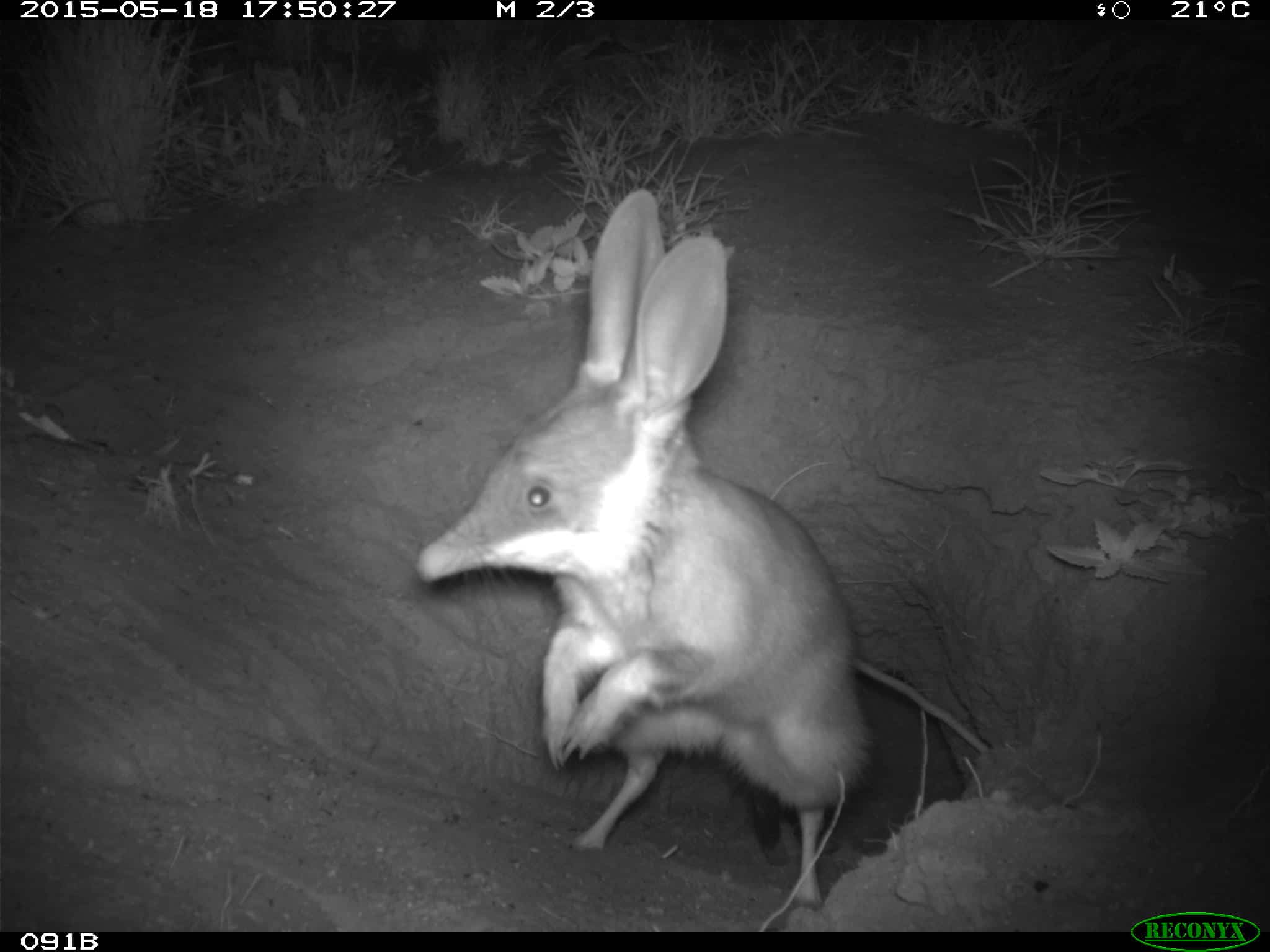
Credit: DBCA Bilby Team
The bilbies’ engineering work is great for the ecosystem, though. Some research has shown that bilbies improve soil quality by upturning earth and helping germinate seeds. Altogether, this ecosystem engineering has a positive impact on a number of species.
The reintroduction effort in this part of the country also proves that reintroductions can work in open areas.
“This is the only place in Australia they’ve been reintroduced which is not behind a predator-proof fence,” Dziminski said. “It’s better having an animal returned to a bigger area, a natural habitat.”
Enlarge
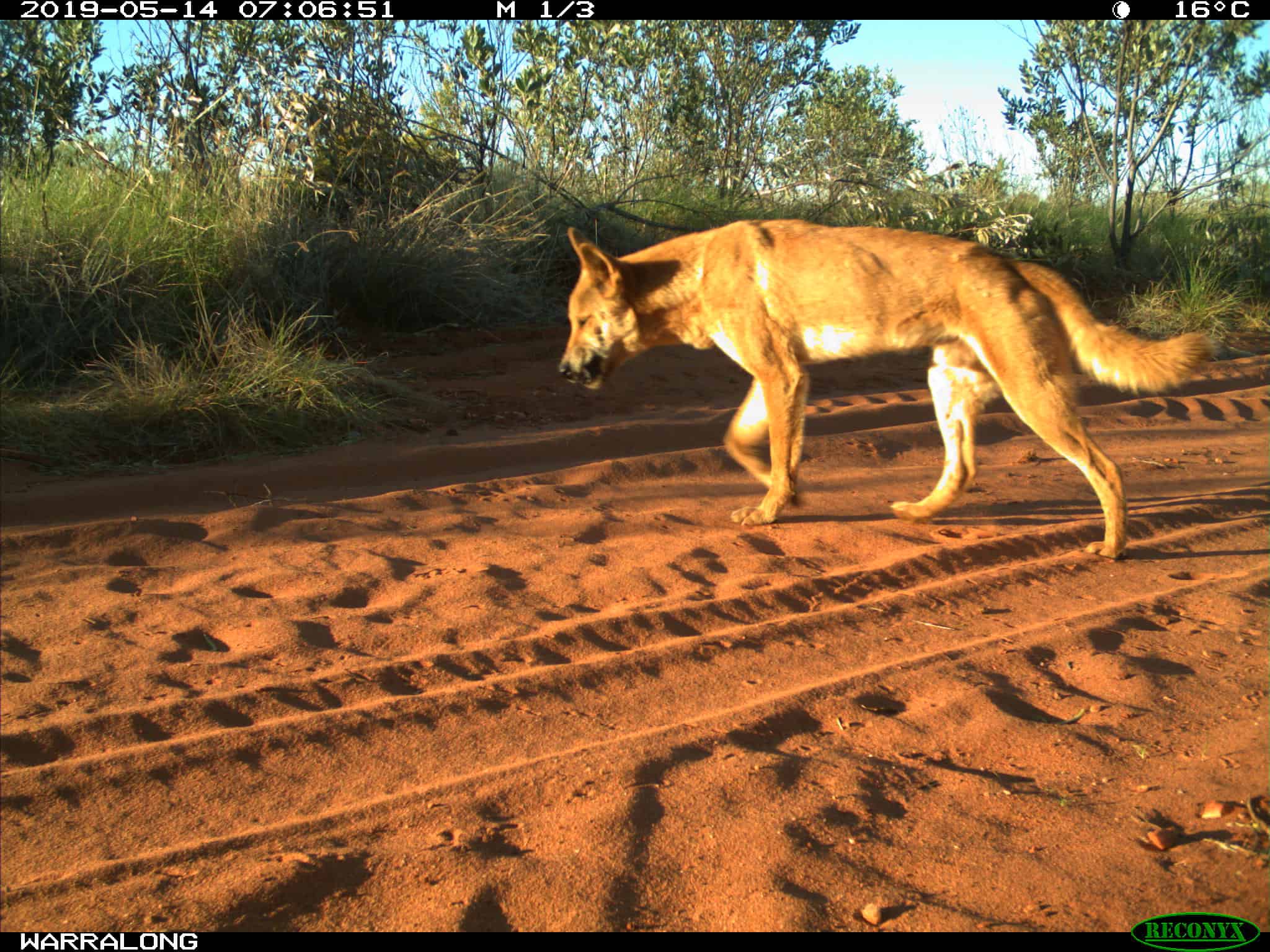
Credit: DBCA Bilby Team
Their research also included monitoring wild populations that remained in northwestern Australia. There, they found that many of the populations are still quite small and disconnected. Some even became extirpated during the study, Dziminski said, due to the ongoing threats in those areas of invasive predators like feral cats and fire management problems.
The positive results of the reintroduced population due to management of fire and invasive species shows that these efforts should probably be repeated in other areas.
“It’s only one place, but it warrants to do it elsewhere,” Dziminski said.
Enlarge
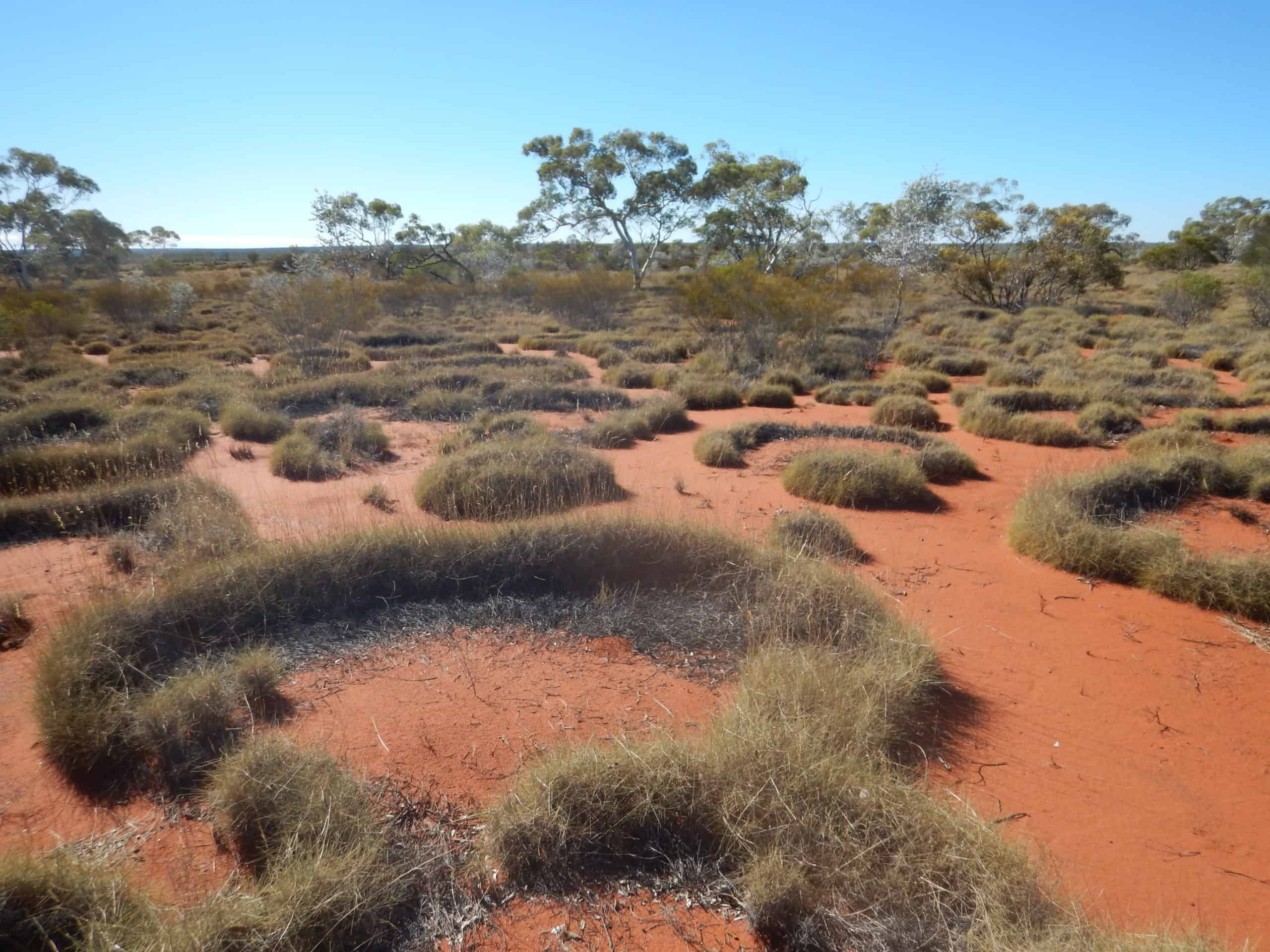
Credit: DBCA Bilby Team
This photo essay is part of an occasional series from The Wildlife Society featuring photos and video images of wildlife taken with camera traps and other equipment. Check out other entries in the series here. If you’re working on an interesting camera trap research project or one that has a series of good photos you’d like to share, email Joshua at jlearn@wildlife.org.
Header Image: Greater bilbies were once common across Australia. Credit: DBCA Bilby Team



